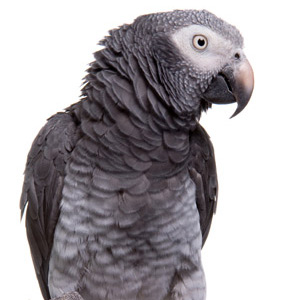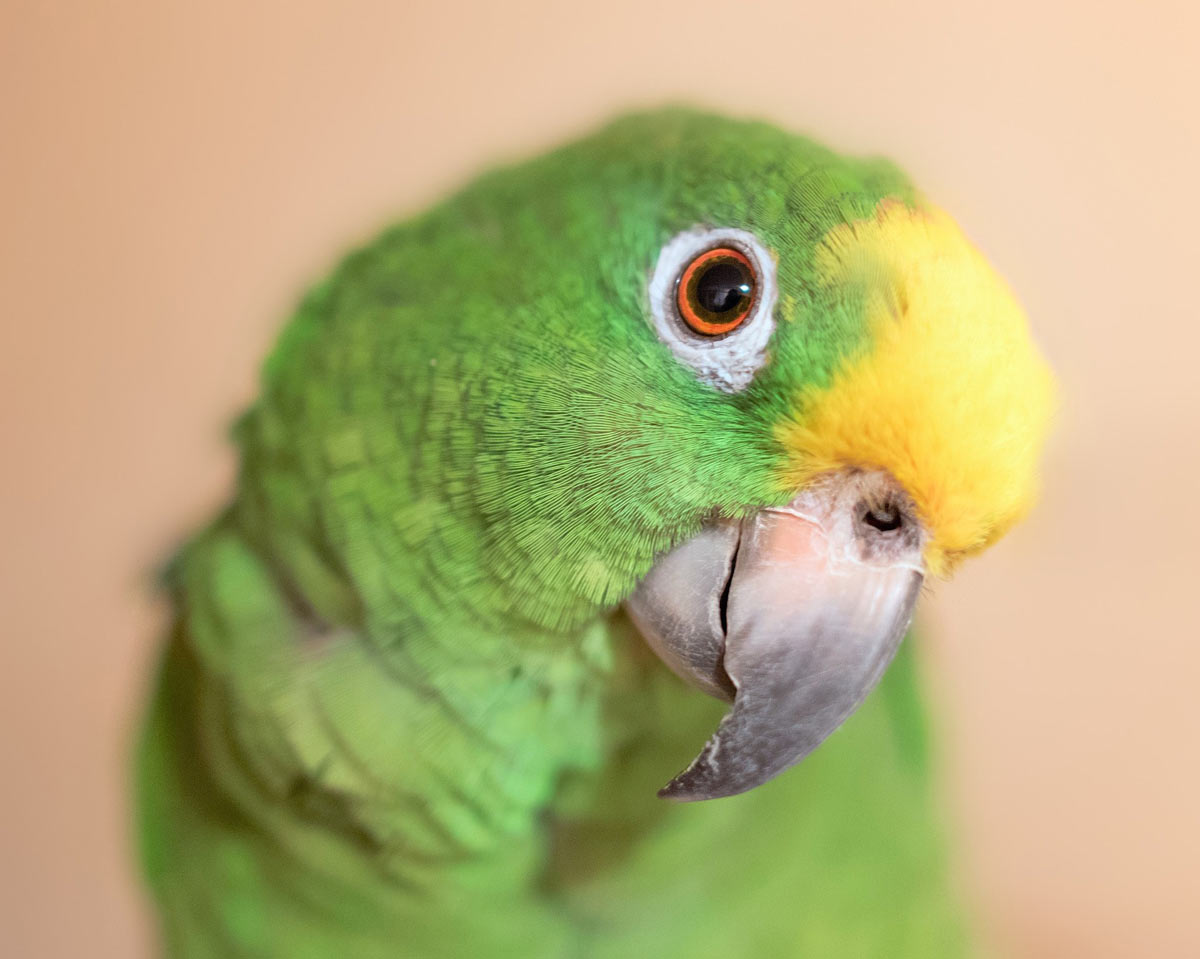Hi all,
I am new to this forum and would appreciate any advice that you all can give me. I got a 4 month old Quaker parrot yesterday, he is not tame. He seemed to settle well yesterday although he screams if we go near him, I expected this as he is not tame. However today he just seems furious! Since we took his cover off his morning he has just screamed at us all day. He is pacing his cage, biting the bars and screaming repeatedly even when nobody is near. He keeps climbing to the bottom and pacing before going back to his perches etc. I think this my be food related as he was on a primarily seed diet with a lot of sunflower seeds and peanuts and we have mixed in pellets but he isn’t touching them. He is eating his fruit and vegetables happily though.
Any advice on how to tame him is also welcome, we did a lot of research before getting him but would appreciate any tips.
I am new to this forum and would appreciate any advice that you all can give me. I got a 4 month old Quaker parrot yesterday, he is not tame. He seemed to settle well yesterday although he screams if we go near him, I expected this as he is not tame. However today he just seems furious! Since we took his cover off his morning he has just screamed at us all day. He is pacing his cage, biting the bars and screaming repeatedly even when nobody is near. He keeps climbing to the bottom and pacing before going back to his perches etc. I think this my be food related as he was on a primarily seed diet with a lot of sunflower seeds and peanuts and we have mixed in pellets but he isn’t touching them. He is eating his fruit and vegetables happily though.
Any advice on how to tame him is also welcome, we did a lot of research before getting him but would appreciate any tips.



